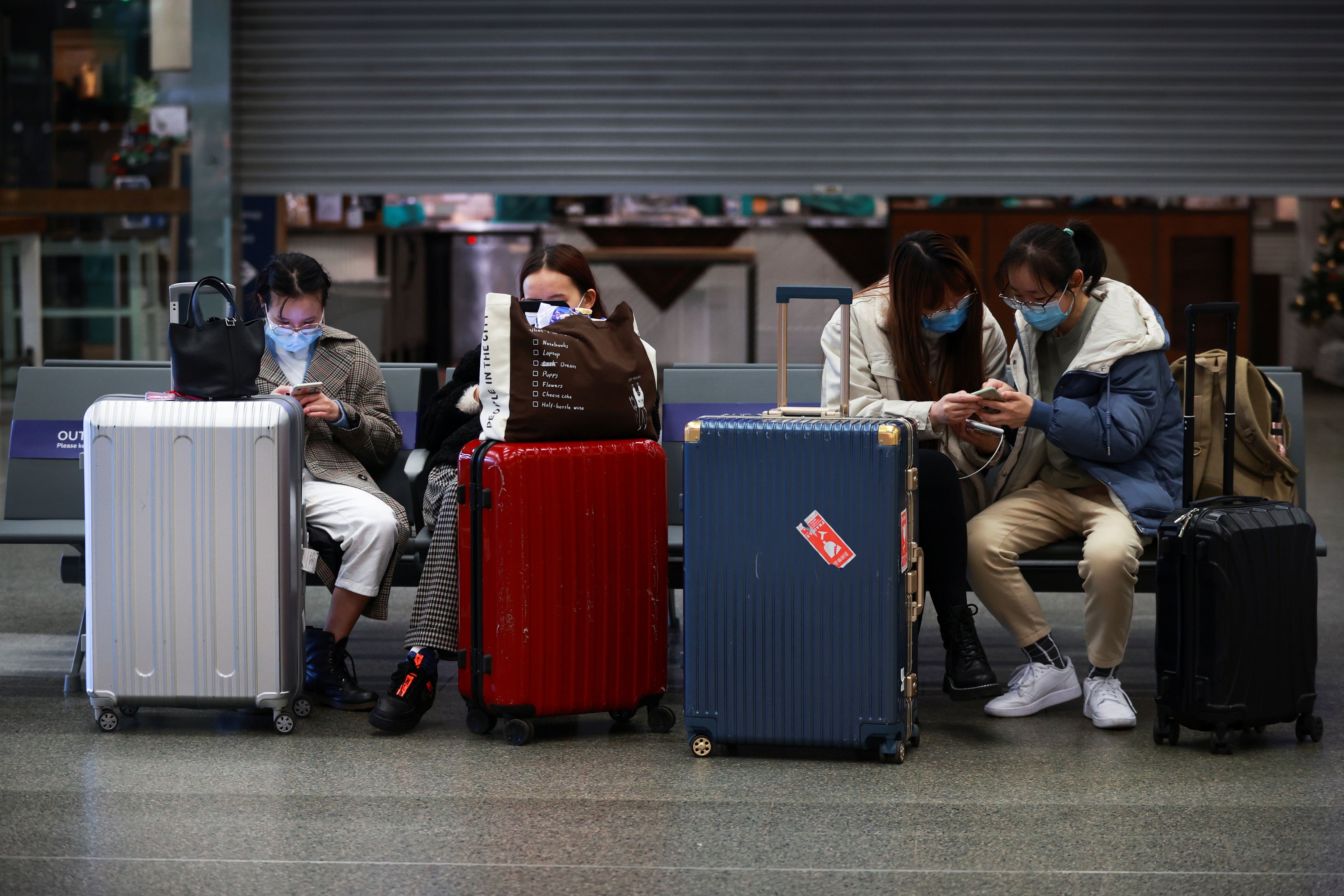
Coronavirus is the infection that became a pandemic, and it has impacts on different organs and tissues of the human body. The prestigious scientist Eric Topol, founder and director of the Scripps Research Translational Institute, professor of molecular medicine and executive vice president of Scripps Research in the United States, gave details of the newly published study, one of the most important of the pandemic, which analyzed the potential impact of COVID-19 on the brain.
As Dr. Topol explained in an article with his signature in the Guardian newspaper, “the main findings on gray matter loss, reduction of brain size and cognitive impairment are worrying and should be placed in context.” He referred to a study published in the journal Nature and led by Stephen M. Smith, of the Nuffield Department of Clinical Neurosciences, University of Oxford, in the United Kingdom.
If you want to determine whether the SARS-CoV-2 virus can damage the brain, the ideal would be to perform a brain MRI before and after COVID-19 infection and a matched control group (by age and sex, and medical history) of people without infection who also had two sets of brain images, he said.
The study was conducted in the United Kingdom where tens of thousands of people registered with its UK Biobank had already had a brain scan before the pandemic. A subgroup of them underwent an average of three years later, with or without having had the coronavirus. They were also given basic cognitive tests — a type of connecting the dots test — with their brain scans.

According to Topol, there were about 400 participants in each group, aged between 47 and 80 years, an average of 59, at the time of their baseline exploration. There was no diversity, since 97% of both groups were of white ethnicity. All persons in the COVID-19 group, except 15, had mild or moderate symptoms, which did not require hospitalization, and the results were not affected by the elimination of the analysis of this small number of people requiring hospitalization.
“It is important to note that, in the context, the study refers to older white adults with mostly mild COVID-19,” said Topol. He also mentioned that “as we age, there is usually a loss of gray matter of about 0.2% each year, which was observed in the control group. On the other hand, people with COVID-19 in this study, four months after infection, had more gray matter loss than the control group, some up to ten times more,” he stressed.
In particular, brain damage — the loss of gray matter — occurred mainly in regions related to smell. Beyond the structural changes in the brain, there was a decrease in cognitive testing among the infected group, taking longer to perform the task. On the other hand, there were no differences in the results of the memory tests between the two groups.
“Now, what does all this mean? This is a single study design that is difficult to replicate, but independent replication is important. We don't have it yet, so we can't consider the findings as definitive, although they are worrying. Other uncertainties are the ignorance of symptoms in the COVID-19 group, such as loss of smell, and dependence for classification (COVID vs. non-COVID) of different tests, some of which do not have great precision,” said Topol.
The expert wondered: “Were the two groups balanced? It was observed that there was 'a subtle pattern of lower cognitive abilities in the participants who became infected'. Although this would not influence the results of serial tests, nor the comparison with controls, it does reveal some imbalances in characteristics between the COVID-19 and control groups. Although this is the largest study of brain imaging of COVID-19, its size does not prevent multiple small differences between groups, which cumulatively may have influenced the results.”
The mechanism of structural changes in the brain is uncertain, but it probably involves inflammation caused by nasal infection, noted Dr. Topol. Most studies on coronavirus and the brain support virus-induced inflammation, rather than direct infection of neurons, as the pathway for brain damage. The regions of the brain most affected in the COVID-19 group are related to the sense of smell, the limbic system, which incriminates this nasal gateway.
The UK study examined whether the process is specific to this virus by comparing brain imaging of COVID-19 with a small number of people with flu or pneumonia, and no similarity in the pattern was observed.
“It's important to note that it wasn't a long-term COVID study. The symptom of brain fog often reported by people suffering from prolonged COVID and that has been compared to the 'chemo brain' of cancer therapy, with brain inflammation that mainly affects white matter, is not related to the current report,” Topol wrote.

The COVID group was evaluated only once after infection, about four months later, memory was not affected and details of symptoms were absent. The single assessment also raises the question of whether structural changes, and more likely cognitive impairment, can have some reversibility. Although brain cells do not have a great capacity for regeneration, they have remarkable plasticity to form and reorganize synaptic connections, to preserve function.
The other side of the coin is also a possibility. Atrophy of the limbic system, the modest degree of which was observed in the COVID group, is one of the classic patterns of brain imaging of Alzheimer's disease. For these reasons, subsequent brain imaging is essential to determine possible recovery or progression.
Another question is whether the results apply to younger adults and children. In the Oxford study, “basic tests for cognitive impairment occurred mainly in people over 70 years of age. It has not yet been established whether COVID-19 can affect structural or functional changes in the brain in young people. This also raises the question of cause and effect, as brain impact testing should be considered as an association, since evidence of the causality of COVID, although probable, is not absolute or safe,” Topol said.

In the context, the study referred to variants prior to Ómicron, the ultra-transmissible variant that is believed to have potentially infected 40% or more of Americans and Europeans in recent months. It is important to note that the loss of smell was considerably less with Ómicron than with Delta and the previous variants, in some studies a tenth. “This suggests that responsibility for the brain effects of COVID would be much less likely with Ómicron. Each variant may have a different affinity, known as tropism, with the tissues and organs of the body; for reasons not yet explained, Ómicron has less tropism with the olfactory bulb, the neurons at the base of the brain specializing in smell,” he said.
In two years, “we have come a long way since considering severe COVID pneumonia as the only concern. Although the list of uncertainties about the harmful impact of COVID on the brain is long and unresolved, it is vital that we keep a high regard for the potential liability and unpredictability of infections, even the mildest ones,” Topol recommended.
KEEP READING:
Últimas Noticias
Debanhi Escobar: they secured the motel where she was found lifeless in a cistern
Members of the Specialized Prosecutor's Office in Nuevo León secured the Nueva Castilla Motel as part of the investigations into the case

The oldest person in the world died at the age of 119
Kane Tanaka lived in Japan. She was born six months earlier than George Orwell, the same year that the Wright brothers first flew, and Marie Curie became the first woman to win a Nobel Prize

Macabre find in CDMX: they left a body bagged and tied in a taxi
The body was left in the back seats of the car. It was covered with black bags and tied with industrial tape
The eagles of America will face Manchester City in a duel of legends. Here are the details
The top Mexican football champion will play a match with Pep Guardiola's squad in the Lone Star Cup

Why is it good to bring dogs out to know the world when they are puppies
A so-called protection against the spread of diseases threatens the integral development of dogs




